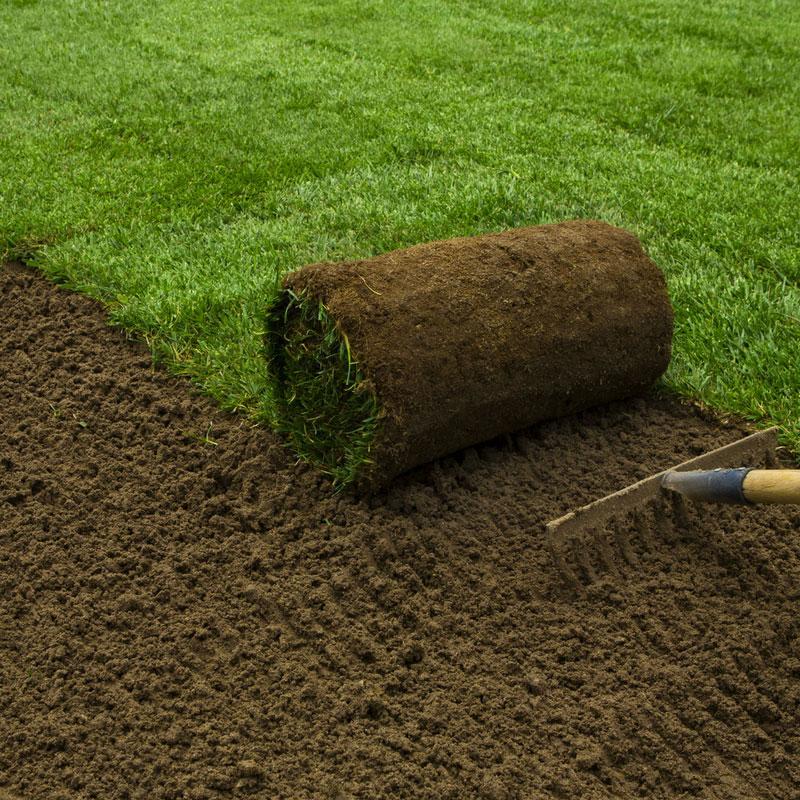
Strategies for Identifying and Controlling Snow Mold
This year lawns will show signs of snow mold damage because of all the snow that stayed in place for such a  long period of time. There are 2 types gray snow mold and pink snow mold. Our region will probably see more gray snow mold damage versus pink.
long period of time. There are 2 types gray snow mold and pink snow mold. Our region will probably see more gray snow mold damage versus pink.
Gray snow mold loves the cold, and grows on your lawn when snow has been on the ground for a while. It also grows under layers of leaves over the winter. With a few preventive steps, you can reduce the likelihood that your lawn will be attacked by this disease. Snow mold symptoms consist of roughly circular patches (at least 3 to 12 inches) of dead and matted grass blades. In severe cases, these patches coalesce and may not be recognizable as individual circles. A useful identifying characteristic of gray snow mold is the presence of tiny brown to black mycelial masses (sclerotia) on the blades and in the leaf sheaths of infected plants. These survival structures vary in size and color, becoming smaller and darker as they dry.
Mow before the Snow
Extra-long grass is a favorite breeding ground for grey snow mold. While you don't want to mow your grass down to stubble, cutting it a little shorter than usual before the snow arrives can do a lot to prevent this problem.
Don't Let Leaves Pile Up

A thick mat of leaves creates a welcome environment for grey snow mold.
In the fall, use your lawnmower to mulch leaves into the lawn. Find out more about mulching leaves into your lawn here.
Go Easy on the Nitrogen
Not all lawn food is alike. Some contain a lot of fast-release nitrogen for a quick green-up. Nitrogen can promote the growth of grey snow mold. Using a low-nitrogen, slow-release lawn food, such as Scotts® Turf Builder® WinterGuard provides the right kind of nutrients your lawn needs for storing energy over the winter.
What to Do if Your Lawn Has Gray Snow Mold
If the weather warms up after the snow melts, chances are, the disease will go away on its own. If the temperatures stay around 30-40 degrees, the mold will be happier and your lawn more diseased. Rake out any dead grass and reseed when the temperatures go up.




